
How to Become an AHA CPR Instructor in 2024
Learn how to become a certified AHA Instructor!
Longwood, FL 32750
If you don't catch us, we're busy teaching classes! Fill out our contact form & we'll get back to you ASAP!
Register online 24/7!
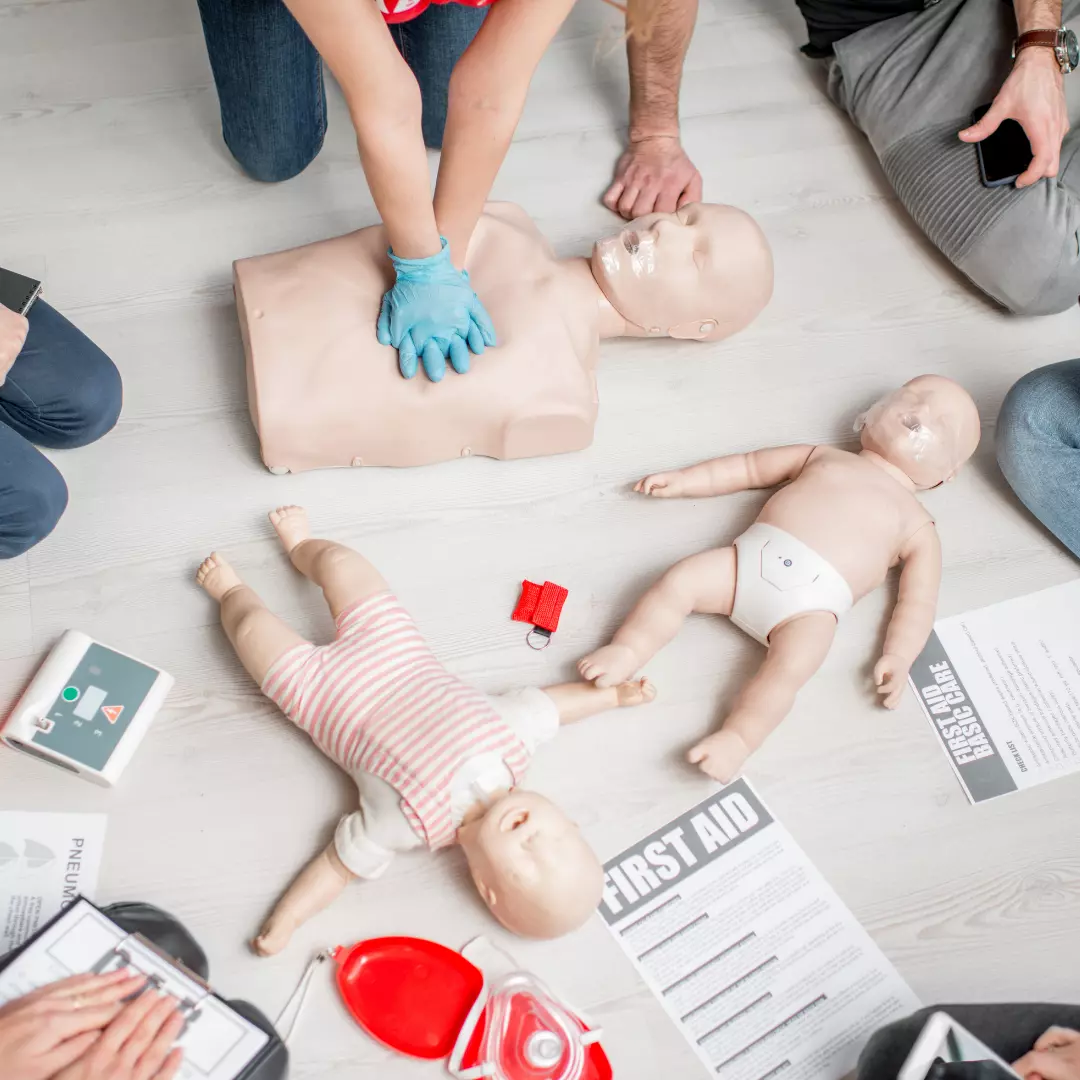

The majority of cardiac arrests occur outside of the hospital so the life you need to save is very likely to be your own loved one! We want you to be prepared – this is why hands on practice is the most important part of your American Heart Association BLS class! After reviewing the information below, make sure to sign up for one of our in-person AHA BLS CPR Classes or AHA BLS Skills Sessions (Heartcode – Part 2) at our office in Longwood (near Orlando, Florida) to get your official American Heart Association BLS Certification. We issue all AHA certifications at the end of our classes!
The AHA BLS exam you’ll take in class consists of a total of 25 questions. You need to score at least an 84% to pass, meaning you can miss a total of 4 questions.
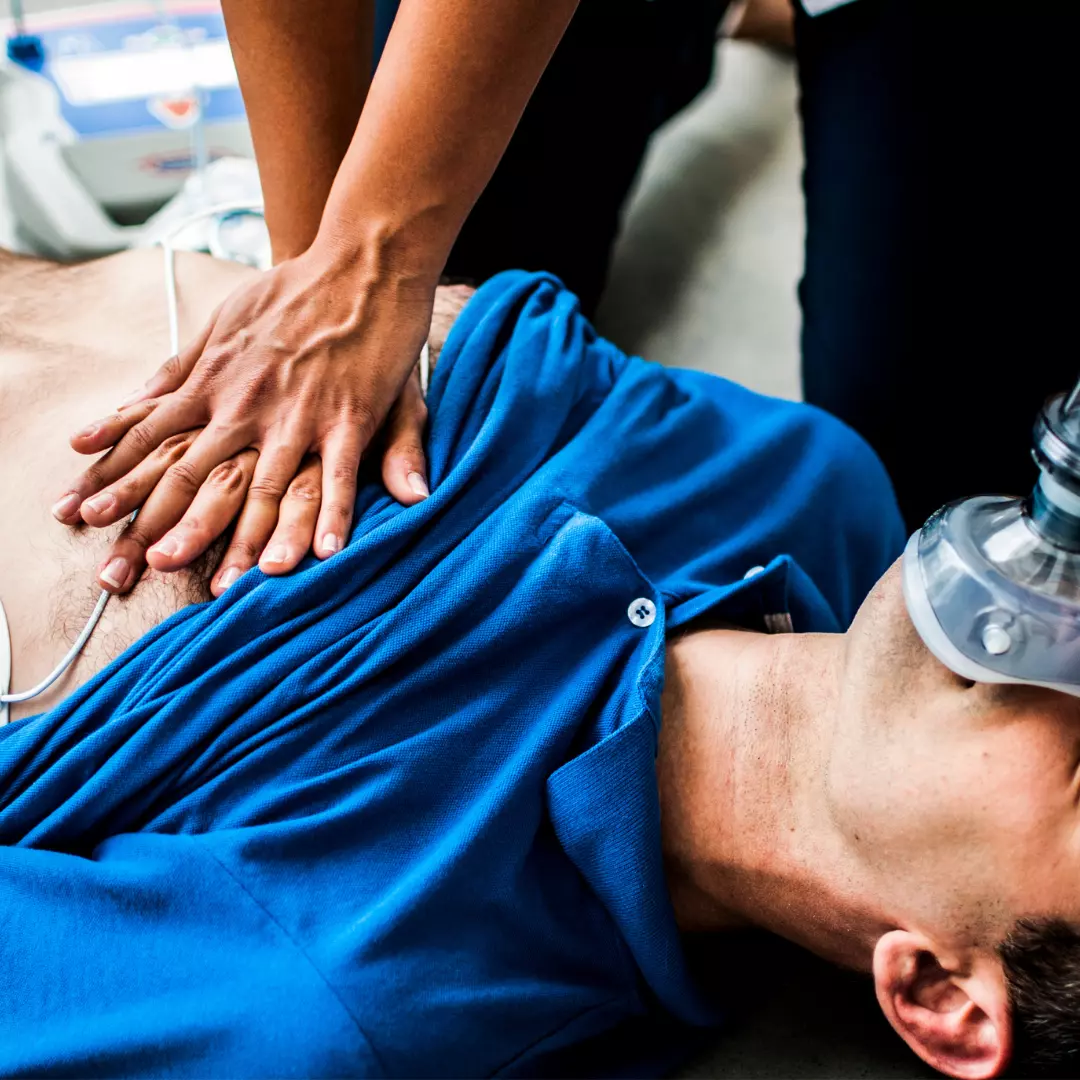
Key Concepts for CPR
Compression rate (How many compressions you should perform): 100-120 per minute
Compression depth (How deep you should compress): 2 inches for adults/children and 1.5 inches for infants (about 1/3 the depth of the chest)
*Note: Make sure you allow the chest to recoil completely so that the heart has time to refill!
How long to check for pulse and breathing: 5-10 seconds
*Note: Gasping is NOT considered normal breathing when the victim is unresponsive and you should start CPR!
Switch compressors: Every 5 cycles or every 2 minutes
When giving breaths, make sure you only give each breath over about 1 second, and check to make sure you observe the chest rise.
Let’s talk ratios! To make things super simple, just remember that for adults, the ratio of compressions to breaths is always 30:2. This means that whether you’re alone or with another person, you will always perform 30 compressions and 2 breaths when the victim is an adult.
Also, remember that if you are a single rescuer (meaning you are responding to a victim by yourself), the ratio is always 30:2, regardless of whether the victim is an adult, child, or infant.
The ONLY time the ratio changes is when responding to a child or infant victim with two-rescuers (meaning you are responding to a victim with another rescuer). In this case, the ratio changes to 15:2.
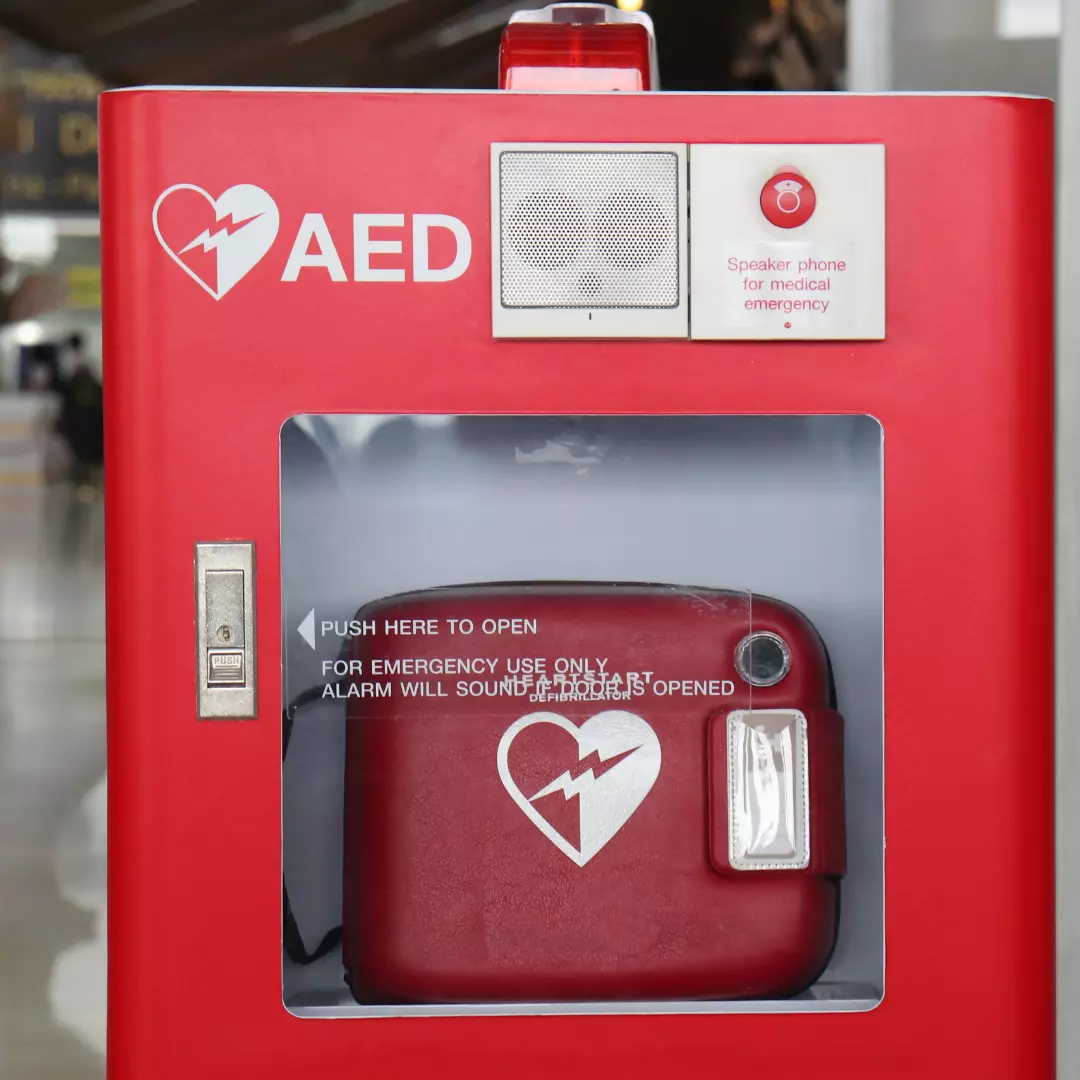
Key Concepts for AED
There are many different manufacturer’s of AED’s – but they are all made super easy to use and provide verbal instructions that tell you what to do! All you need to remember is to first turn the AED on and then follow the prompts it gives you. The AED will analyze the victim’s heart rhythm to determine if a shock is advised.
When you press the “shock” button on the AED, electrical current is sent through the patient. The purpose of this “shock” (also known as defibrillation) is to get rid of the abnormal heart rhythm that caused the cardiac arrest and attempt to get a normal heart rhythm back for the victim. Although early defibrillation has been linked to better survival rates, using the AED doesn’t always guarantee the victim will survive.
There are a few considerations you should be aware of when using an AED. First, make sure that you can apply the AED pads to the victim’s dry chest. If the patient is in water, make sure you move them out of the water and quickly dry them off so that you can apply the AED pads. Be sure that if the victim has hair on their chest that you shave it (most AED kits include a razor) so that the pads stick. If the pads don’t stick to the chest due to water, sweat, or excess hair, the AED may not be able to deliver the shock properly.

Key Concepts for Choking Relief
When you consider choking relief, the first thing you need to do is determine whether the victim is responsive or unresponsive.
To relieve choking for an adult or child who is responsive, you will perform abdominal thrusts. Stand behind the victim, find their bellybutton as your landmark, then place your fist right above it and thrust inward and upward to attempt to relieve the object.
To relieve choking for an infant who is responsive, you will perform 5 back blows and 5 chest thrusts. Continue alternating the back blows and chest thrusts until the object comes out.
In some cases, the victim may go unresponsive before the object can be cleared from their airway. If any victim was choking but is now unresponsive, the priority is always to begin high-quality CPR. Don’t forget to check the victim’s airway before you administer breaths to check and see if the object has been dislodged. Never perform blind finger sweeps – only attempt to remove an object if you can easily see and reach it. Otherwise, you may push the object further down into their airway.

Key Concepts for Team Dynamics
A victim has the best chance of survival when the rescuers work together as a team. The best way to perform well as a team is by communicating well with each other and making sure everyone has a clearly defined role and responsibility to perform. By assigning everyone a role with a clear expectation, the team can make sure the priority is on saving the victim by providing high-quality CPR.
Remember not to perform skills that are outside your scope of practice or that you haven’t been trained on. Knowing your limitations is a key component of being a BLS Provider. Maybe you just ran 5 miles in the gym and can’t possibly do compressions for 2 full minutes – that’s okay! But make sure you speak up and ask someone to take over compressions for you.
If you see a team member struggling or not performing a task well, just simply tell them what they need to correct. For example, if you see a team member who is not providing compressions depth enough, just tell them!

Learn how to become a certified AHA Instructor!
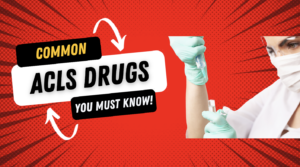
Medical emergencies can happen anytime, so it’s essential to be prepared to save lives. One of the most critical aspects of emergency care is administering
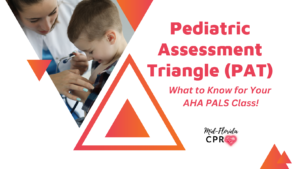
Here’s everything you need to know about the Pediatric Assessment Triangle (PAT) for your AHA PALS Class!
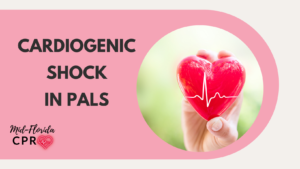
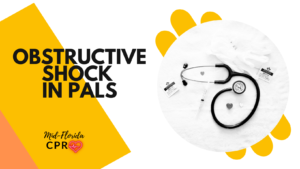
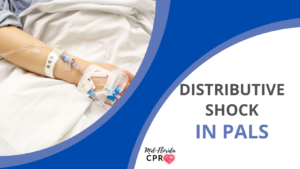
Learn everything you need to know about distributive shock to pass your AHA PALS course!
Mid-Florida CPR is an authorized American Heart Association Training Center located in Longwood, Florida.
